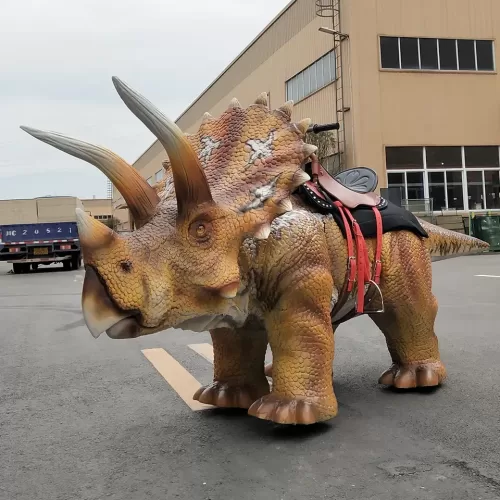Dinosaurs have captivated people ever since their fossilized bones were first discovered. These prehistoric beasts inspire awe and ignite our imaginations. One way that people have brought dinosaurs to life is through models. From scientific replicas to fanciful figurines, dinosaur models allow us to visualize these extinct creatures.
Scientists use dinosaur models to better understand dinosaur anatomy and behavior. By reconstructing dinosaur skeletons, paleontologists can study proportions, range of motion, and other biomechanical attributes. Details like skin textures and colors are hypothetical, but models give a vivid impression of how dinosaurs may have looked and moved when alive. Museums display dinosaur re-creations that are painstakingly researched and crafted to reflect current scientific beliefs.
Beyond scientific contexts, dinosaur models also populate toy stores, decorate desks, and stand watch in front gardens. While not anatomically precise, these playful renditions capture the popular imagination. Dinosaurs are perennially popular subjects for figurines and toys. Sturdy plastic toys allow children to stomp and swing with Apatosaurus, clash T. rexes in battle, and reenact Jurassic adventures. For adults, decorating with dino decor expresses a sense of wonder and whimsy.
Whether standing in a museum gallery or guarding a bedroom, dinosaur models allow extinct creatures to inhabit our world. As scientific understanding progresses, models will continue to evolve, ensuring that our image of dinosaurs reflects the latest insights and discoveries. Through capturing both scientific evidence and fanciful interpretations, dinosaur models satisfy our enduring fascination with titanic beings from the distant past.














Leave A Comment